Ghent, Belgium
Despite being the second largest municipality in Belgium and the capital of the East Flanders region, Ghent remains something of a diamond in the rough (though how rough can you really call Belgium?). Dating well into the Stone Age with a heyday in the Late Middle Ages, this port city sparkles at the confluence of the Rivers Scheldt and Leie. Boasting a rich cultural history visible in the stunning architecture, myriad museums, delectable cuisine, and festivals, it’s a wonder this city isn’t more popular with tourists. To me, it seems like a bigger, better, less crowded version of Bruges, and it’s honestly one of my favorites. No matter how much time you spend in Ghent, here are my top tips for getting the most out of this gorgeous city.
Architecture
City center
Stunning medieval and gothic architecture abounds in Ghent’s city center, so the cheapest way to experience this picture-perfect place is simply to take a walk. Arm yourself with a “mastel” (a traditional bagel native to East Flanders) and take in the city by foot or by bike. Remember to look up - towering cathedral spires and intricate facades line the streets high above your head.
The Belfry & Cloth Hall
This UNESCO World Heritage site has a lovely little self-guided tour as you climb up the tower for an epic view. Belgium’s tallest belfry overlooks the old city center and the former hub of textile trade, the Cloth Hall. After Ghent’s cloth industry dwindled in importance, the Hall became a militia guild, with one annex (the Mammelokker) serving as the quarters for jail guards. The name “Mammelokker” actually refers to a story of a prisoner who was saved from his sentence of starvation by his wet nurse daughter. If you’re thinking it sounds like that story has an uncomfortable ending, you’re right.
Have some tips for Ghent or want to request some more ideas for travel planning?
Follow me and keep in touch on Instagram!
Graslei & Korenlei
The Graslei and Korenlei are two quays on either side of the River Leie, dating back to around the 5th century AD. However, most of the medieval facades are much younger, and were heavily renovated in the 18th and 19th centuries. These days, the Graslei and Korenlei merit a visit not only for their Instagram-worth panoramas, but also for their high density of riverside cafe patios, where you can sip a coffee or indulge in a waffle.
St. Michael’s Bridge
Stone arches dip into the River Leie to support this spectacular selfie spot. Bonus points if you manage to snap a pic with all three of Ghent’s towers in the background - after all, this bridge marks the only place in the city where you can get all three in one picture.
Sint Baafskathedraal (“St. Bavo’s Cathedral”)
It’s near-impossible to miss this towering Gothic cathedral overlooking the city center, and while the exterior alone is enough to tempt any aspiring photographer (see my Insta if you don’t believe me!), it’s worth taking a peek inside too. Stone and marble naves stretch forever skyward, partially to accommodate the massive organ in the Upper church. Also worth checking out (particularly for art nerds like me!) is the famous Ghent Altarpiece by Hubert and Jan van Eyck, and widely considered to be van Eyck’s masterpiece.
Gravensteen
Still partially surrounded by a medieval moat, the Gravensteen (or “castle of the count”) cuts an impressive silhouette against the city skyline. Facing the bustling city street on one side, and sporting a romantic blanket of ivy and a moat on the other, it’s almost like it stands between the old and the new, the historic and the modern. I’ve somehow never coordinated my visits with the opening times of the castle, but if you manage to make it in, you’ll have to let me know what you think!
Museums
Museum of Industry, Work, and Textiles (MIAT)
If you’re into cloth, trade, and clothing design, you might really enjoy this museum, right on the river. With over 30,000 objects on display, ranging from a full-size Mule jenny (used to spin fibers into thread) to multiple permanent exhibitions, including the societal impact of the textile industry. Spanning 5 floors, this museum warrants at least a couple of hours to see the whole thing.
Museum of Fine Arts
This museum boasts an impressive collection of Flemish art from the Middle Ages until the mid-20th century. It operates in conjunction with two other Flemish museums to create a comprehensive collection of art over 5 centuries. Although it’s slightly outside the old town, I easily spent 3 hours here, and I highly recommend it to any art buff.
Prefer to have your travel tips in your hand while on the road?
These two versions from 2018 have some excellent ideas for restaurants, things to do, and season-specific trip tips for Ghent but also exciting places nearby. Excellent authors and very detailed!
Markets & Festivals
Light Festival
This spectacular festival only happens every three years, but it features light exhibitions and shows by international artists. It’s a free event for anyone in Ghent, and it brightens the night in seriously extraordinary ways. Sadly the last one just happened in February 2018, so we’ll have to wait a while for the next festival. But in the meantime, you can always satisfy your sparkle-lust with Ghent’s nightly three-mile illuminated walk, starting from sundown until the stroke of midnight.
Summer Festival
Summer in Ghent is quite the party, with the crown jewel being the “Ghent Festivities,” a ten-day-long extravaganza made up of four international festivals. Musical concerts span 10 city squares, and there’s plenty of opportunity for sampling the world renowned “Trappist” beer, and of course lots of entertainment for the kiddos.
Vridajgmarkt (“Friday Market”)
As you might have guessed from the name, this weekly market takes over a city square in Ghent’s old town every Friday morning. The tradition dates back to 1199, before the guildhalls surrounding the square housed cafes, bars, and restaurants, and instead were home to tradesmen and merchants. In the very center of the plaza stands a monument to Ghent’s “wise man” Jacob van Artevelde, who was murdered in the square in 1345.
“but wait, who dat?”
Jacob van Artevelde was an influential leader and general in Flemish history. He supported the English in the Hundred Years’ War, and led Ghent into the prosperous economic apex it enjoyed thanks to a thriving weaving and textile trade. Although van Artevelde eventually fell out of favor with the people of Ghent amid suspicions of embezzlement, corruption, and impiety, and was killed by an angry mob at the very spot where his statue now stands, he remains an important figure in the history of Ghent, and has been portrayed quite rosily in novels and films in recent years.
Embrace Your Tourist Side
Canal Tour
Taking in the sights from a boat tour on the canals may seem a little cheesy, but they’re actually a nice way to see the city from the inside, and get an in-depth introduction. Prices are reasonable, averaging around 10 EUR per adult (though naturally prices vary from company to company). Audio guides are offered in a variety of languages, so you can save your fledgling Flemish for the Friday Market. If you want something a bit more private, you can also rent a kayak and explore the canals on your own.
Live Like a Local
Sphinx Cinema
If you’re looking for some low-key, laid-back, but still culturally-relevant activities, stop by Sphinx Cinema in the heart of old town. With a marquee of all European films, this cinema works with Europa Cinemas and the European Commission to promote “local” and regional films in their original version. The collaboration also highlights the importance of exchange and innovation in filmmaking, along with supporting future filmmakers through youth and children’s programs. Films are subtitled to match the local language where they’re shown, but they emphasize the importance of diversity in film representation and production, so you’ll get a much wider variety than you would at a regular film house, cinema, or multiplex. Plus, tickets are pretty cheap!
Click this link to learn more about what Europa Cinemas is doing.
Bourgoyen-Ossemeersen
Bird-watchers and nature lovers shouldn’t miss this nature reserve on the outskirts of the city. Ducks and geese flock here during the winter, and its often flooded meadows are also home to foxes, rabbits, weasels, and frogs. Three trails wind through the reserve, and this open, green oasis is a welcome respite from the close architecture of the city.

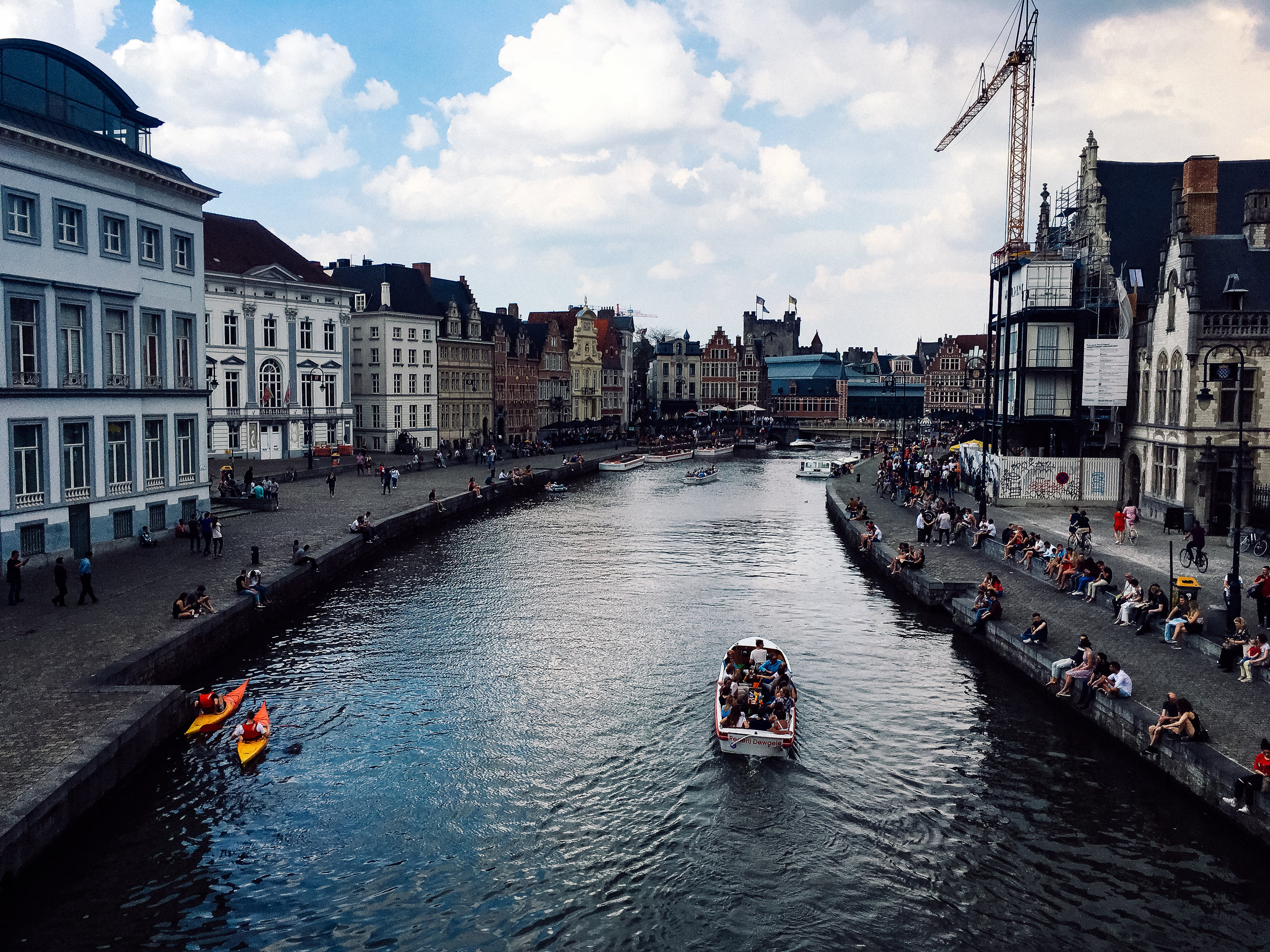
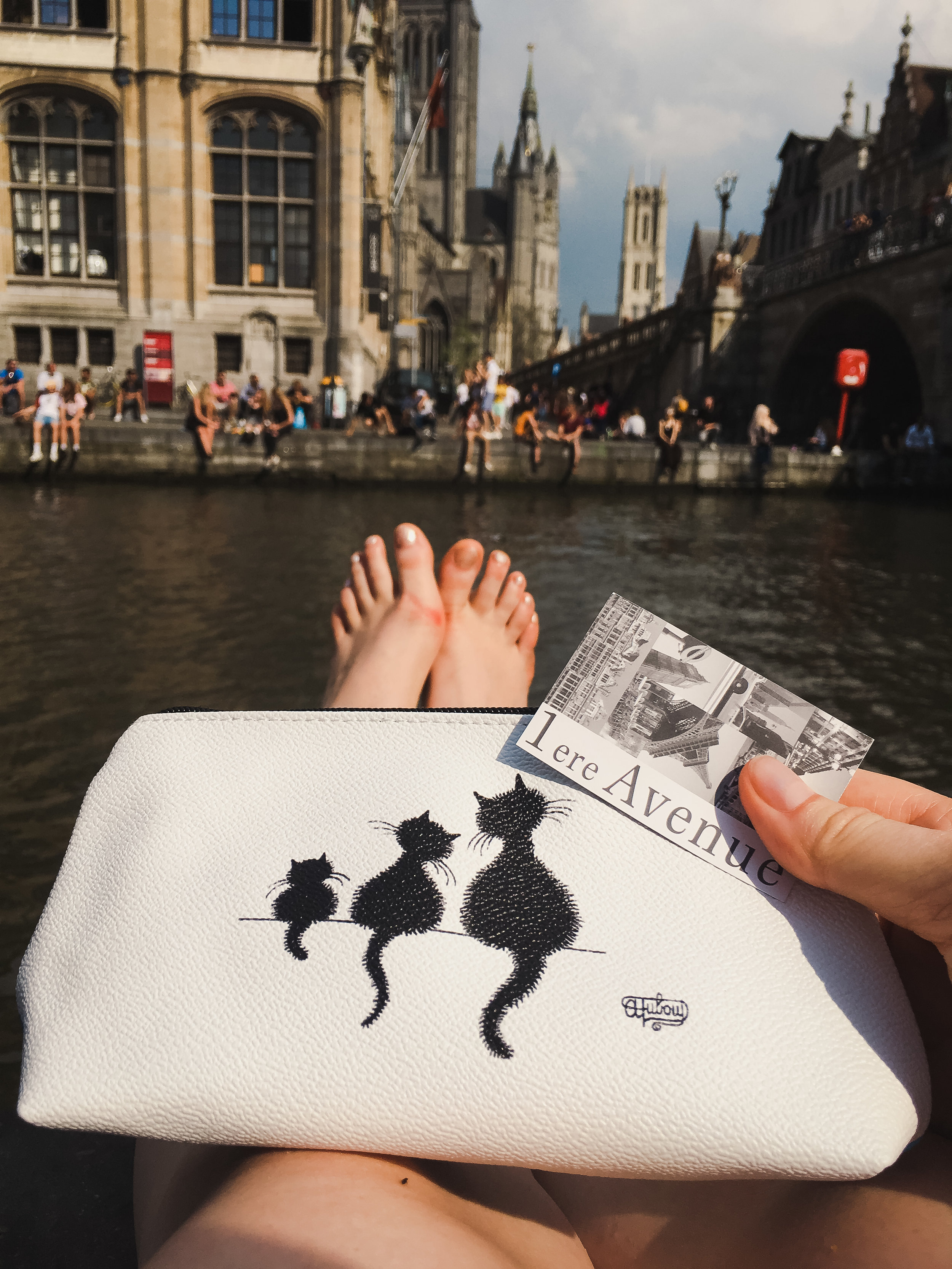
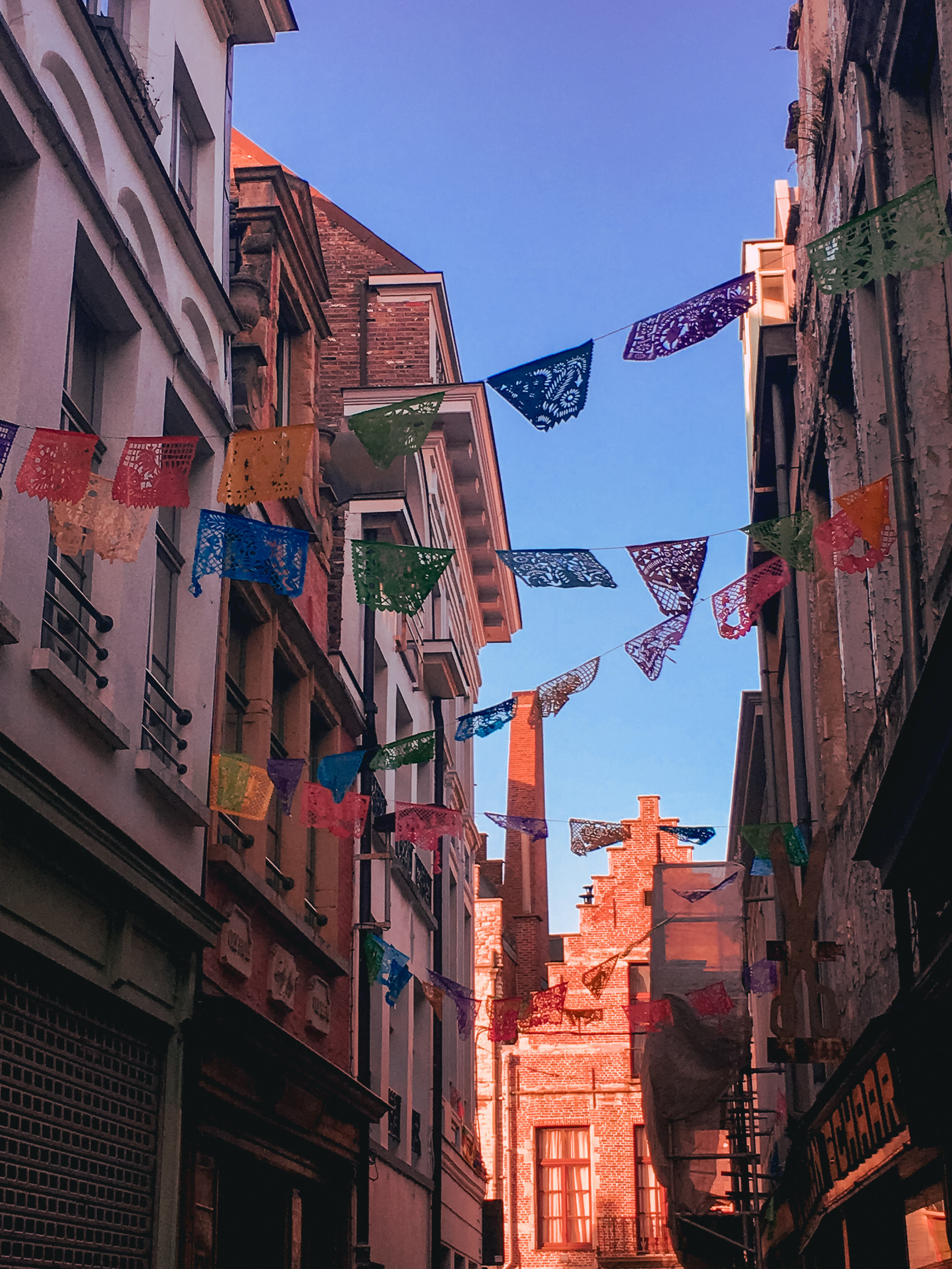
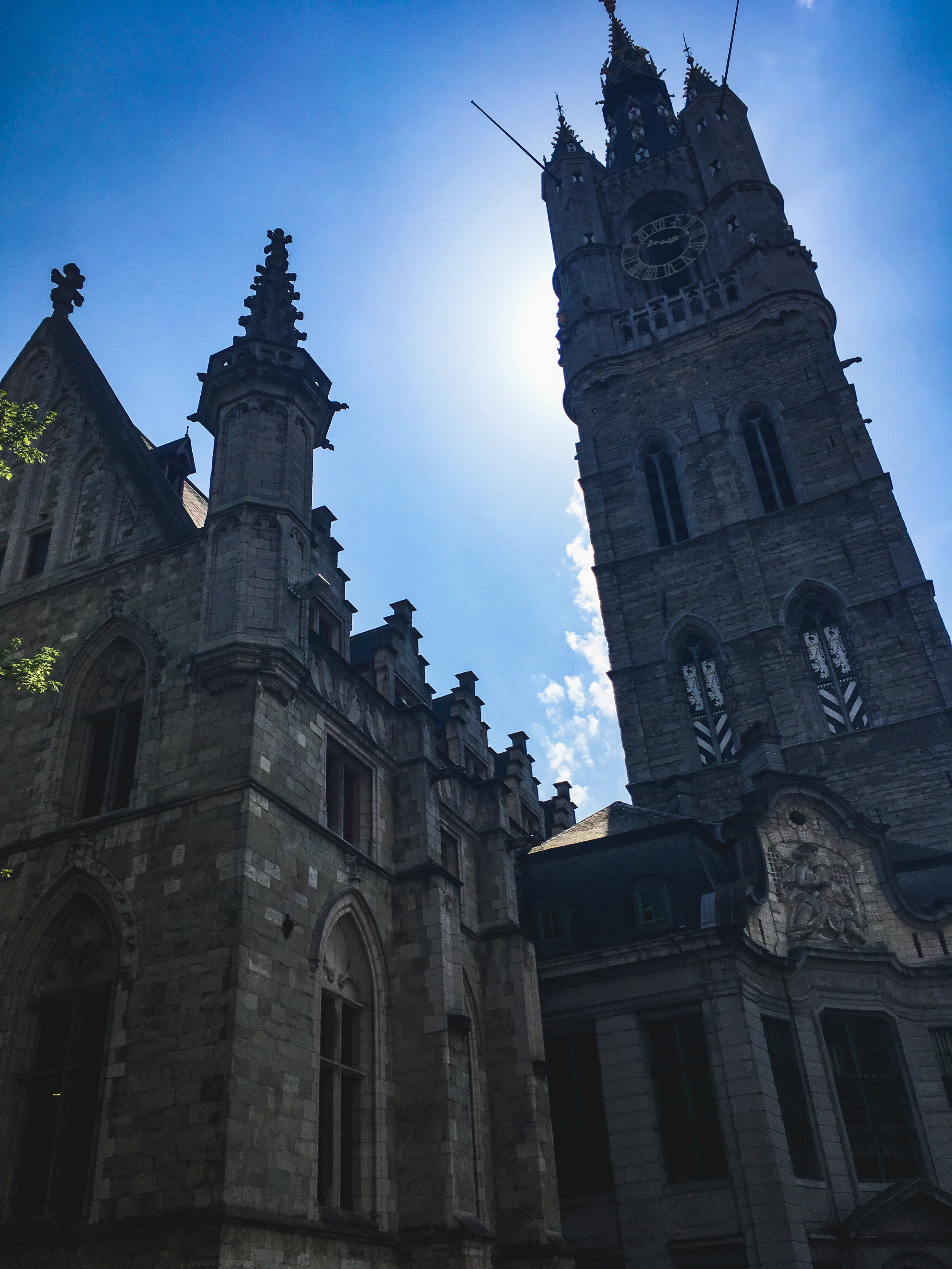

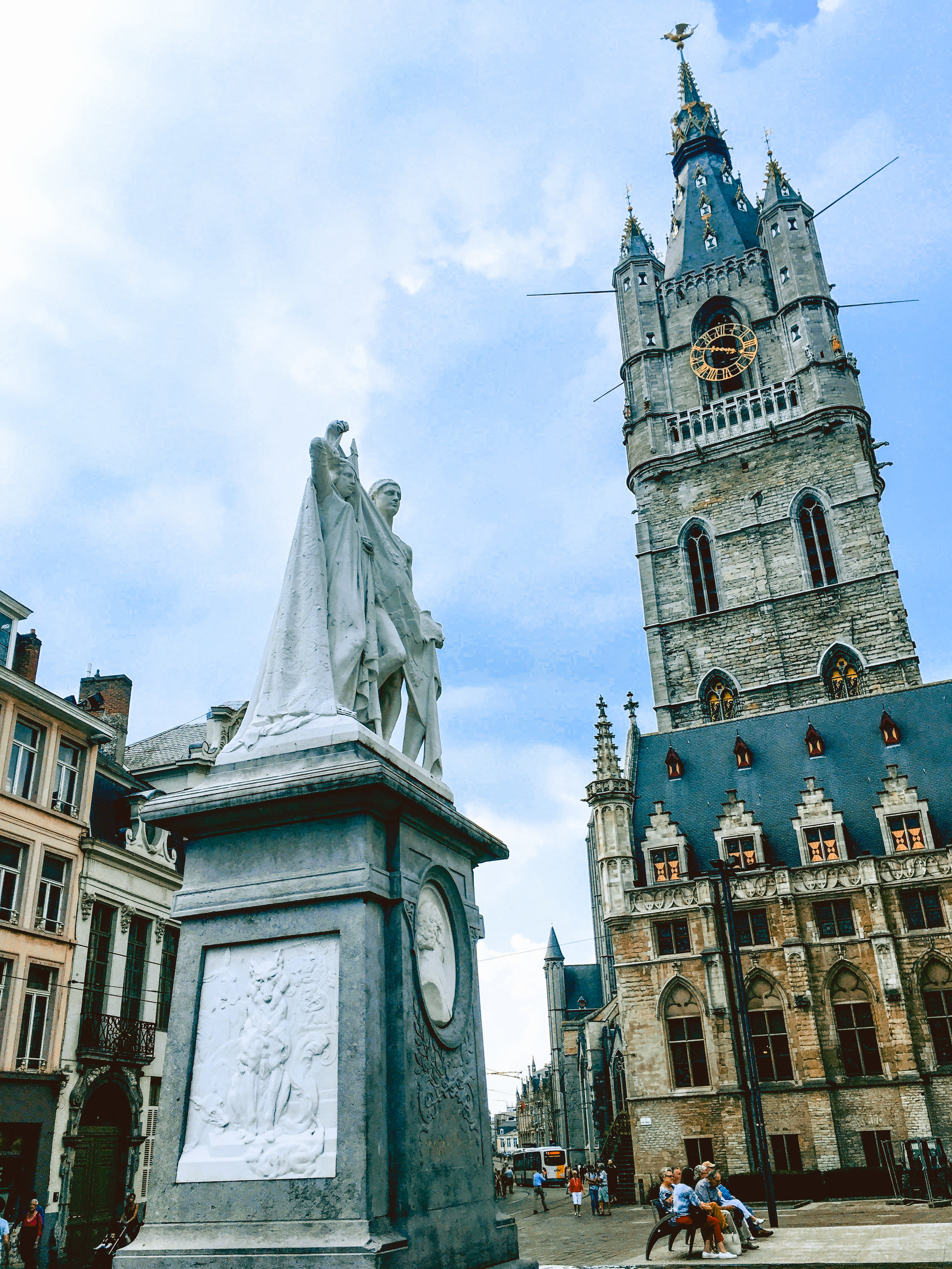






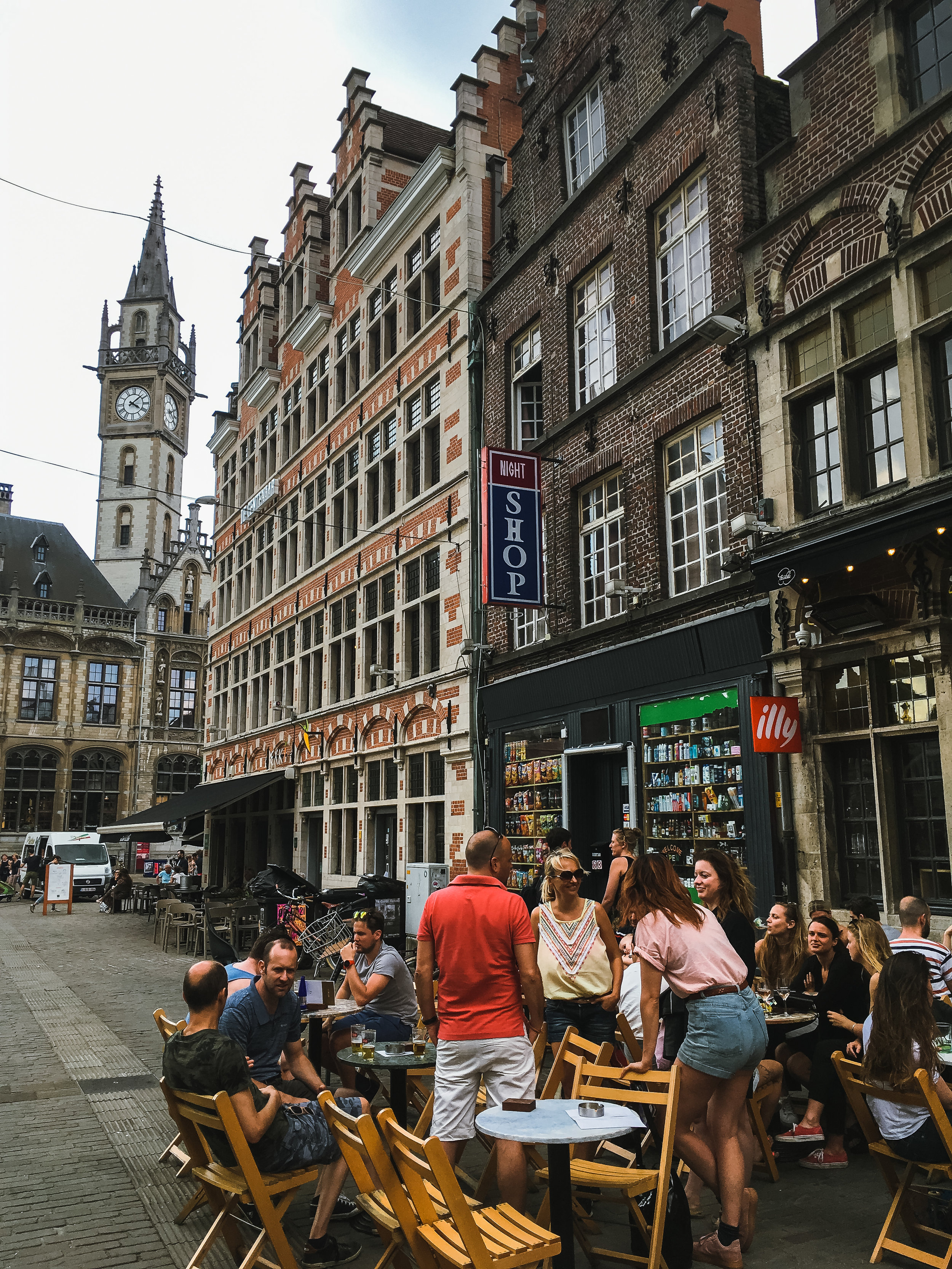
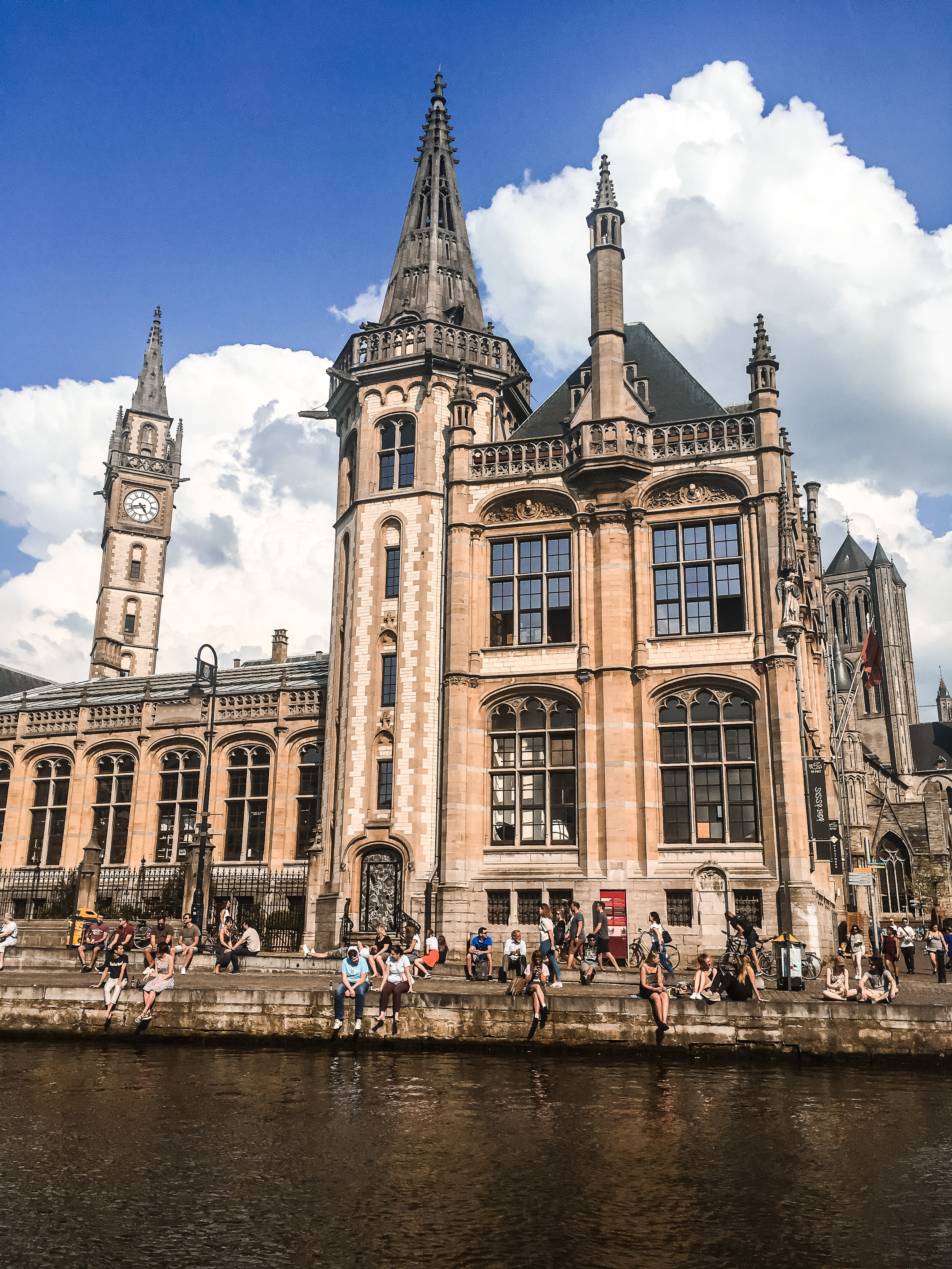
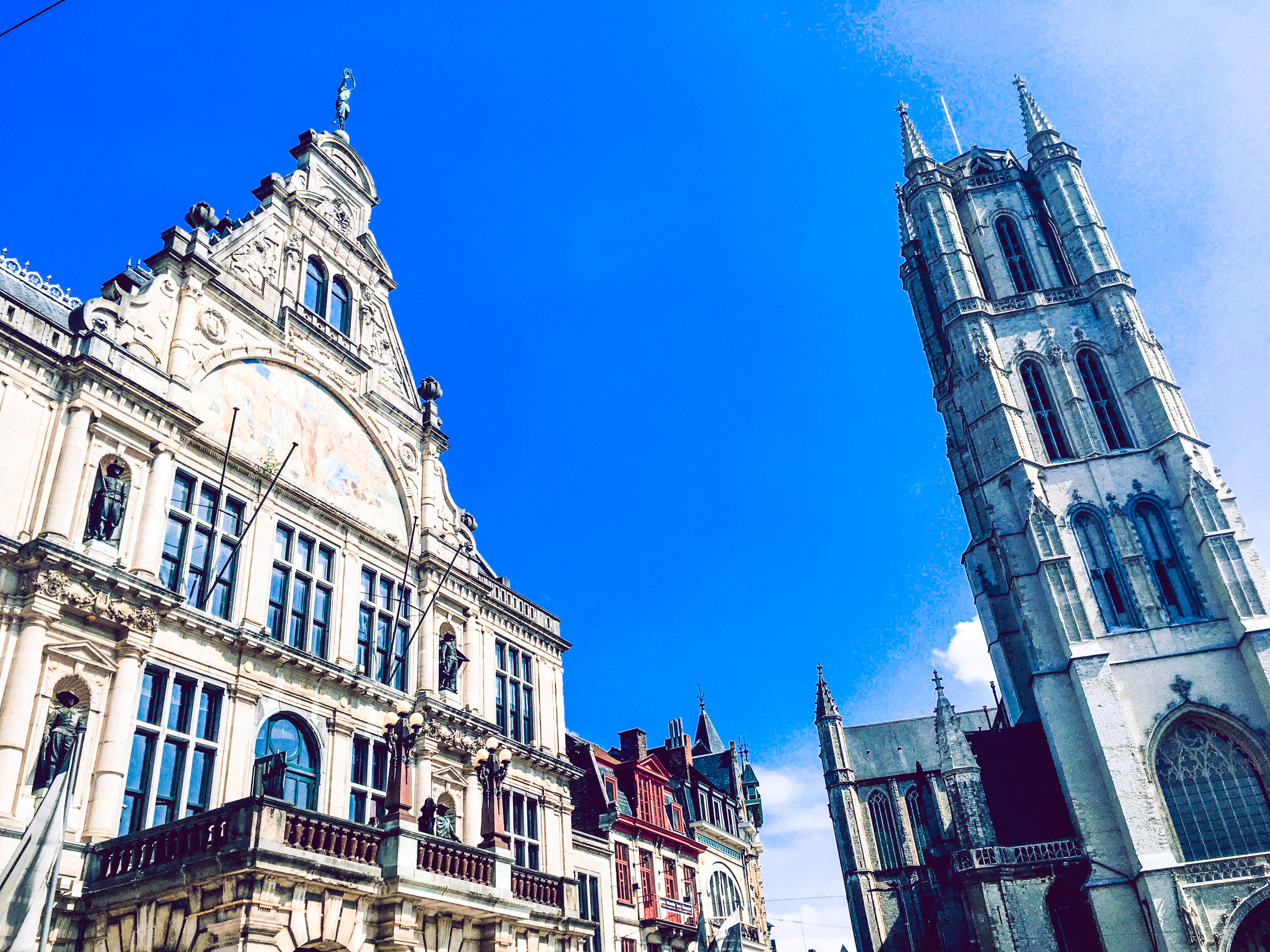
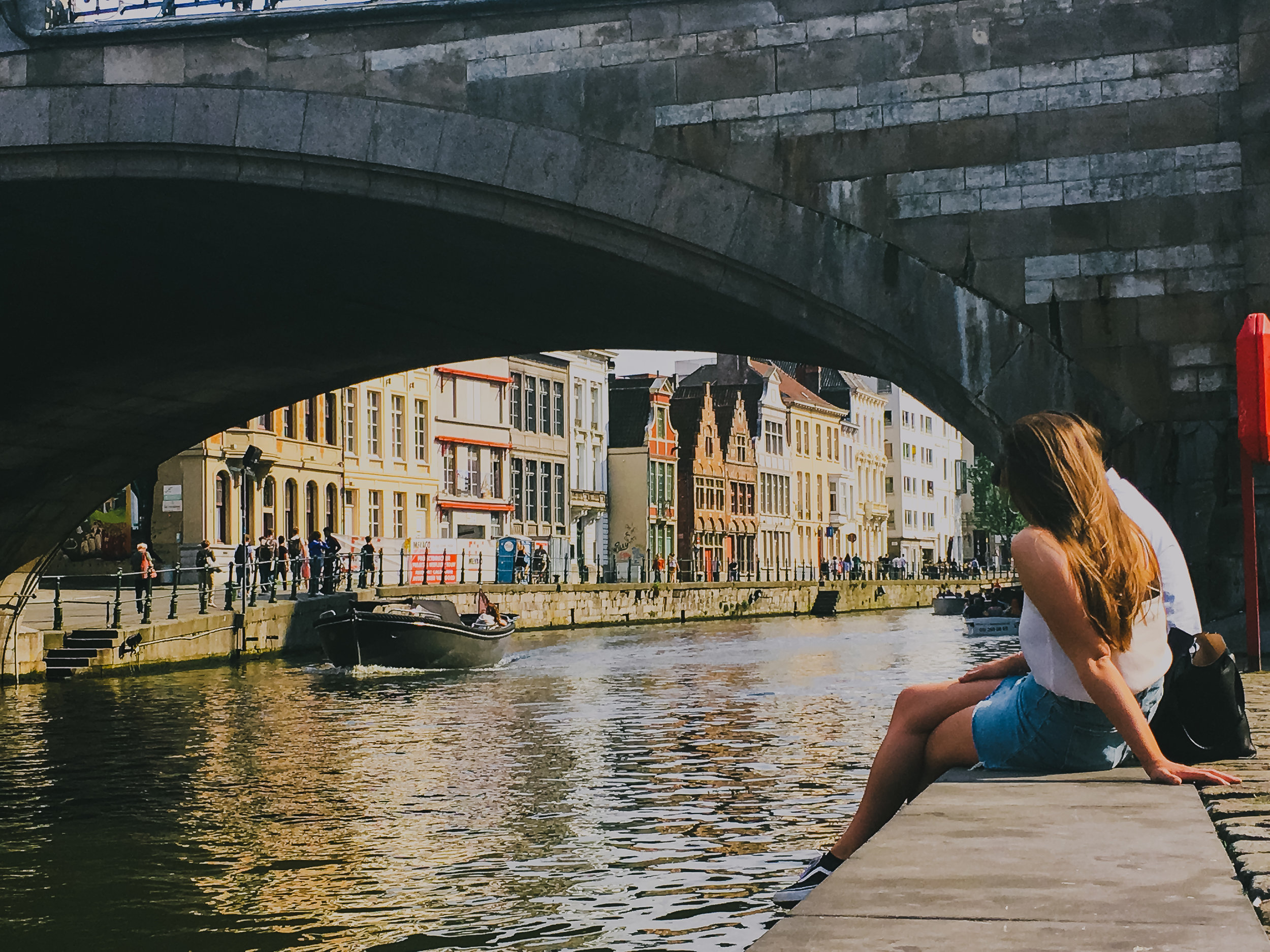
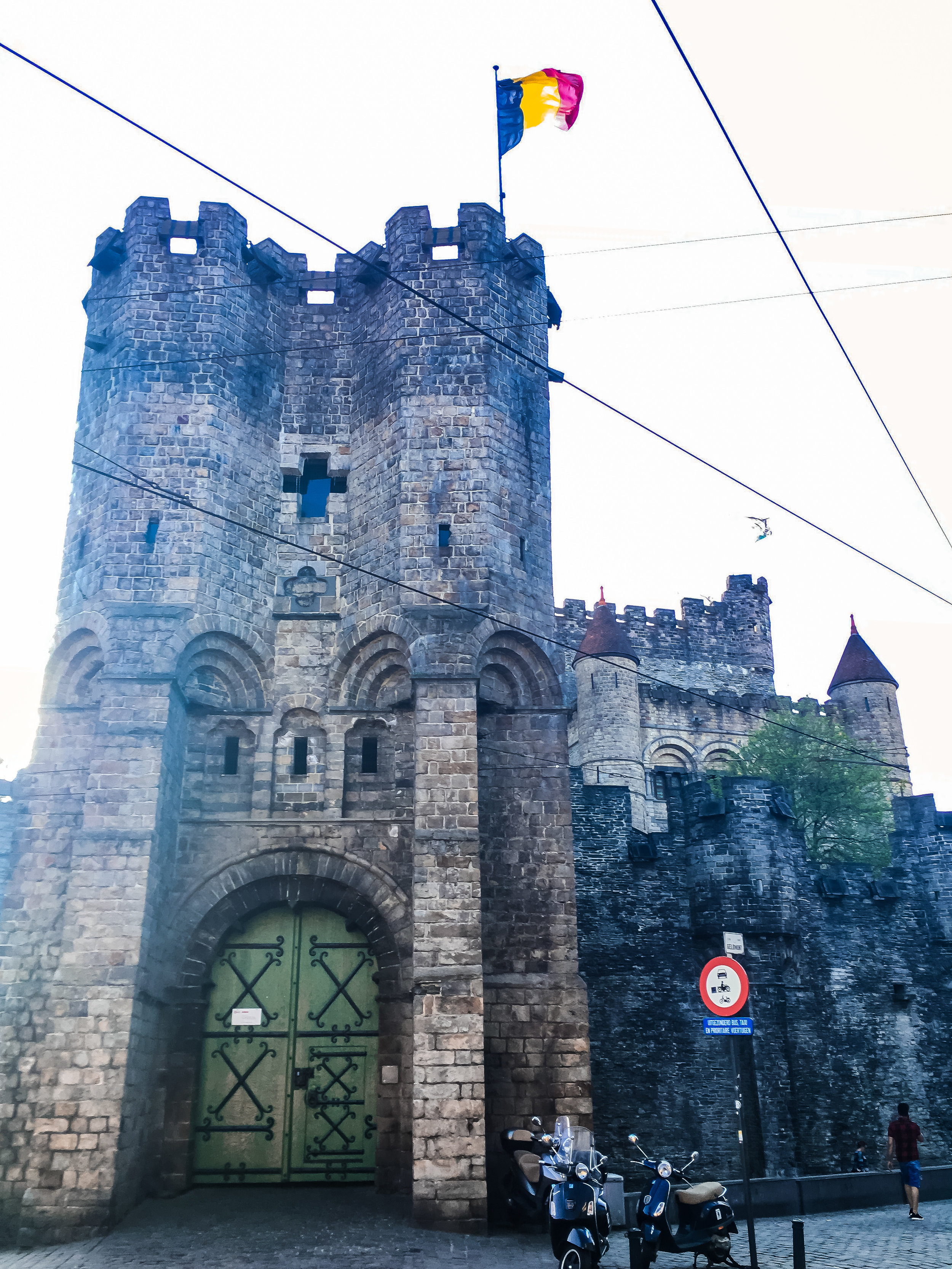
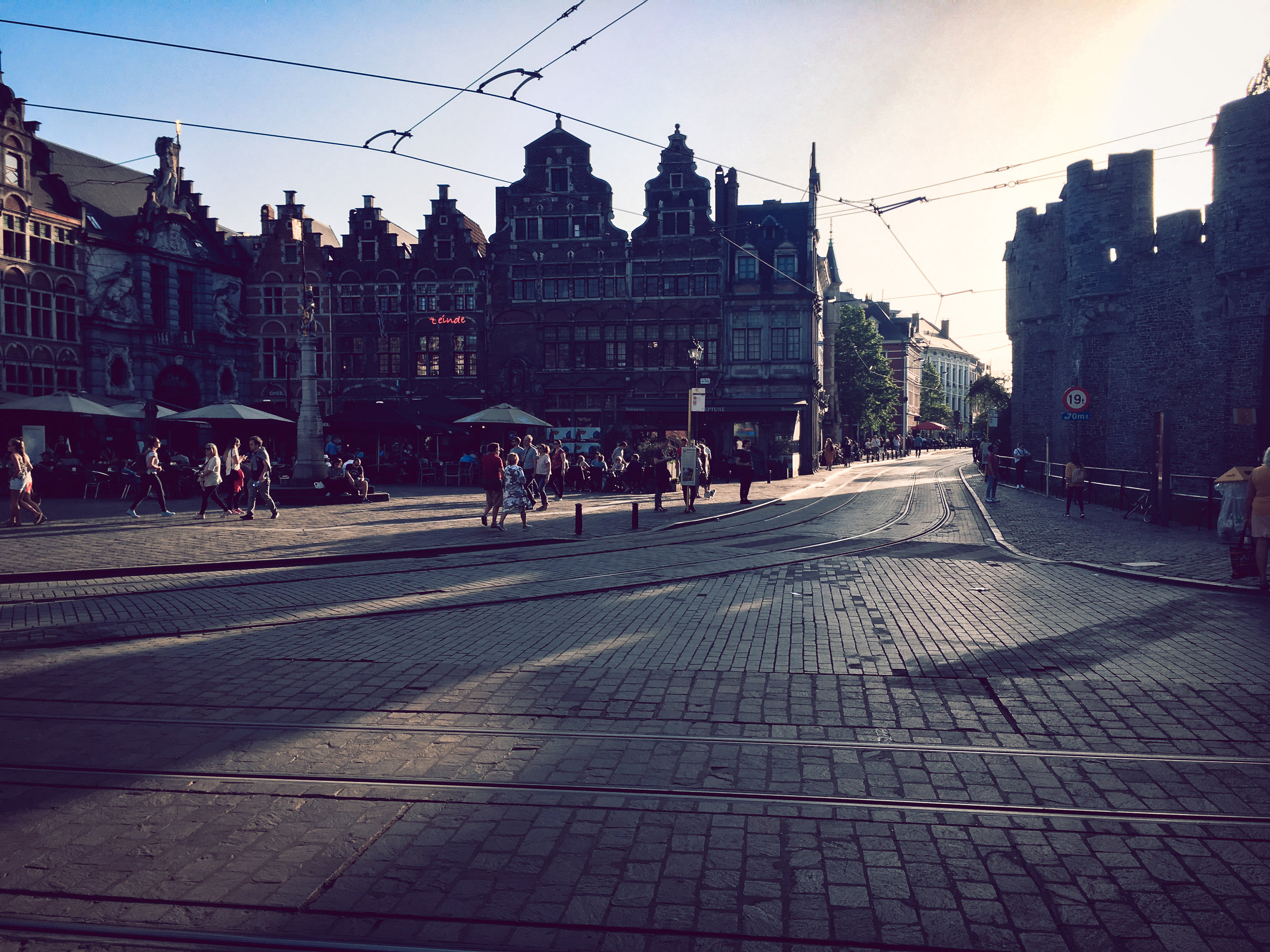
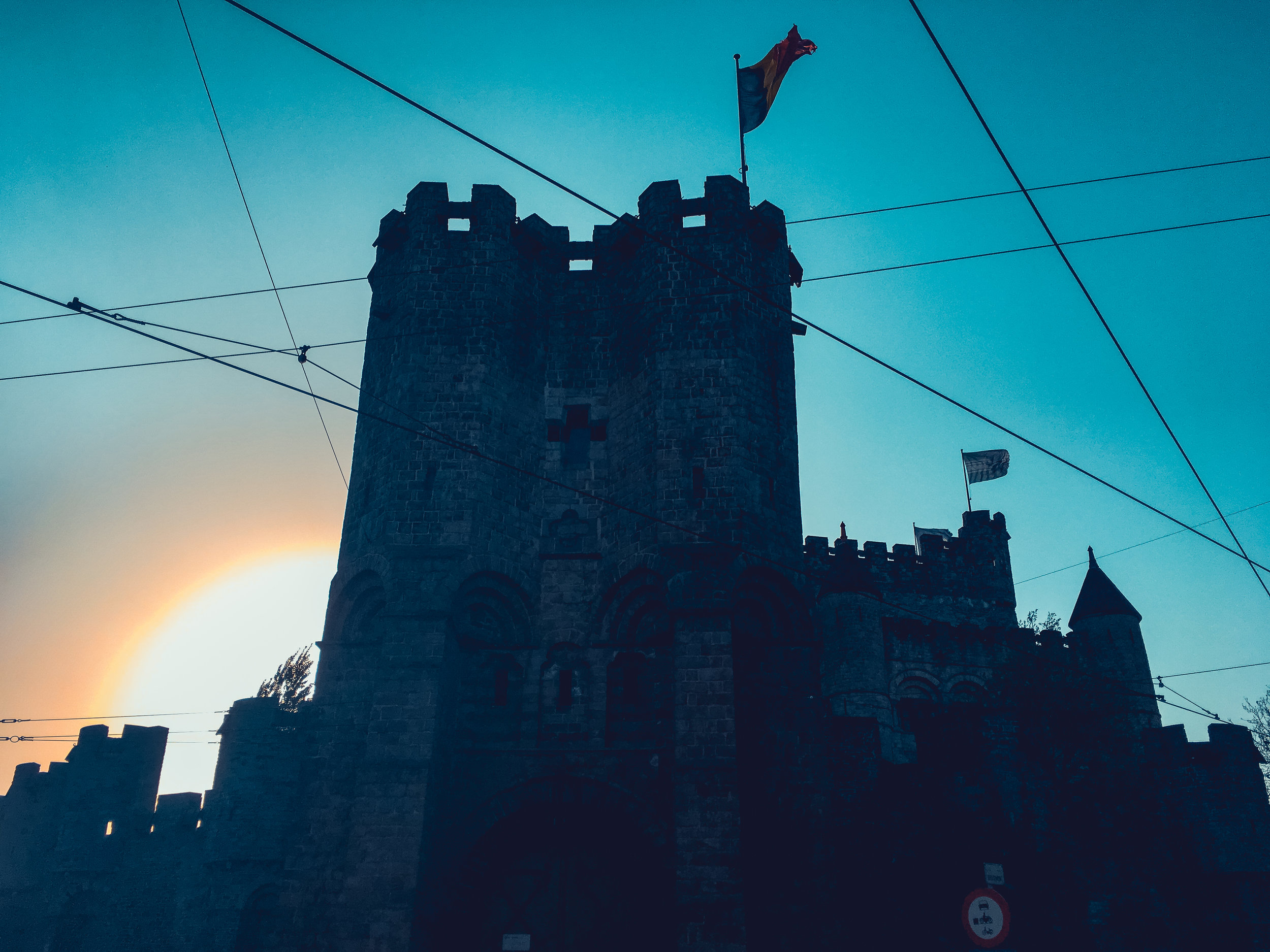
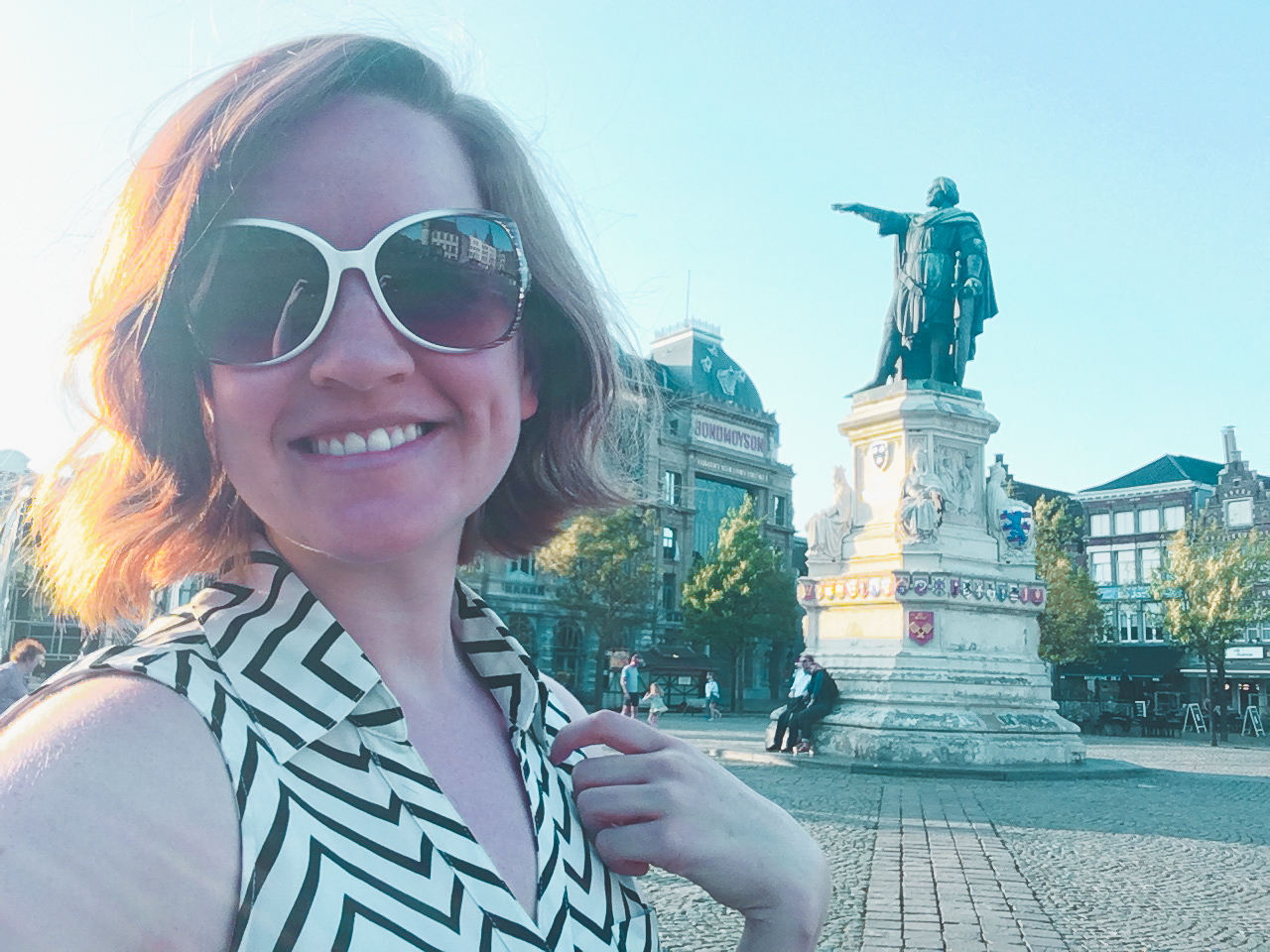
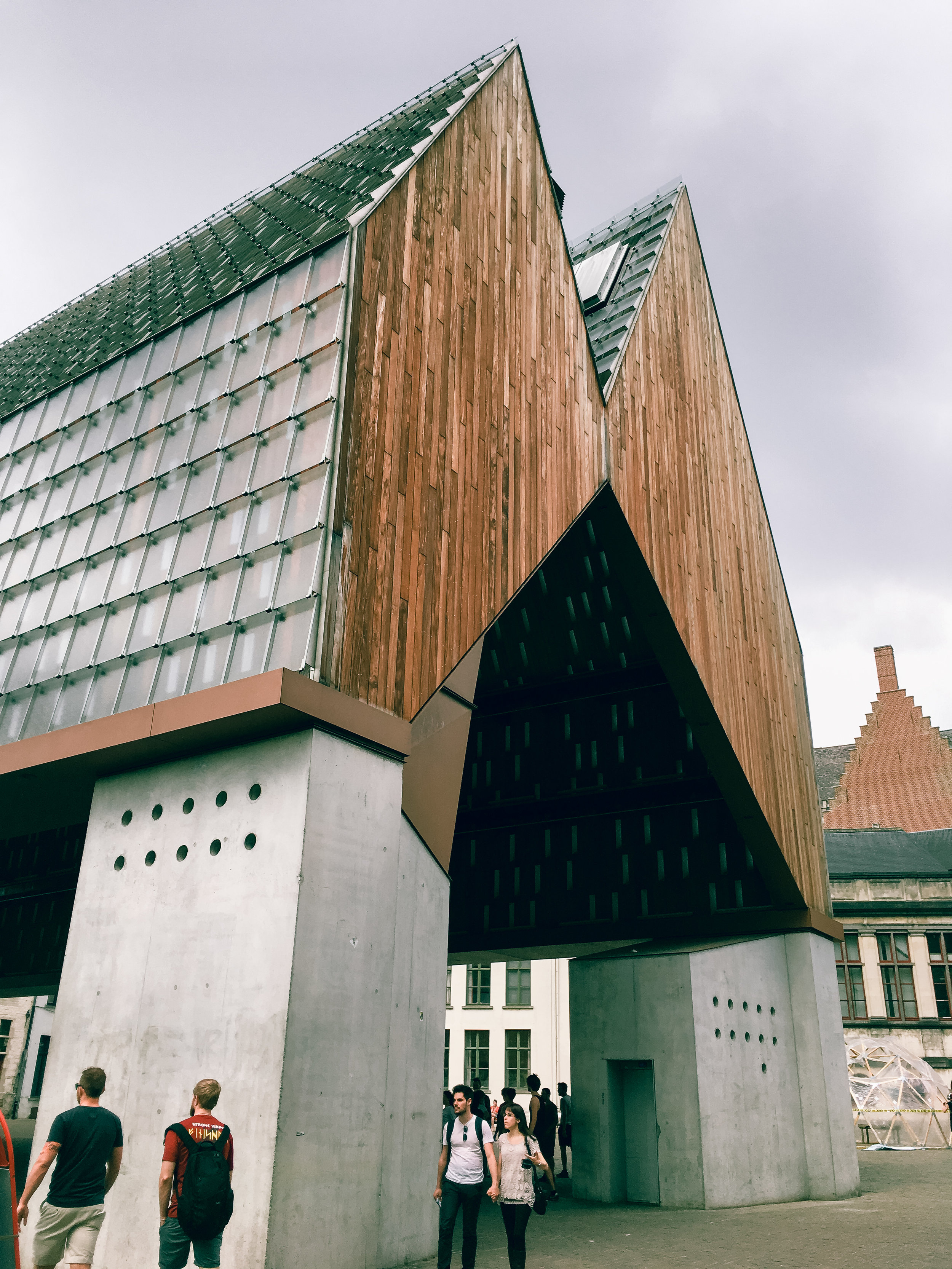

![bethanywanders.com __ (1)[3179].png](https://images.squarespace-cdn.com/content/v1/56ec5f0322482eaae2bb6a10/1541343720397-RAOIVP7YTD8HSVH7JTFP/bethanywanders.com+__+%281%29%5B3179%5D.png)




